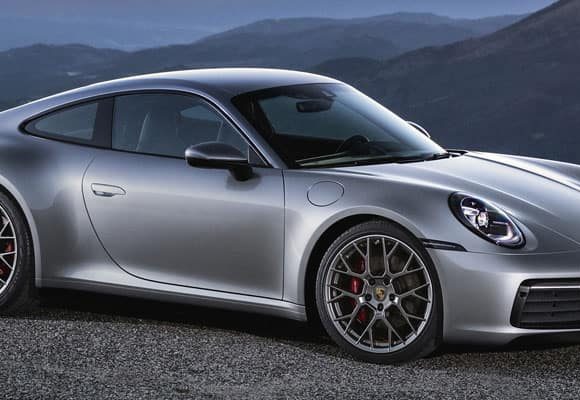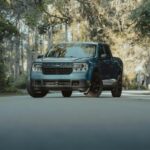Hyundai Verna

The interiors are more European than the earlier car and are a huge improvement in terms of design and layout. The flatter looking dash liberates more space, and the well laid out controls are easier to reach. It doesn’t, however, impart a sense of modern and sophisticated feel like most Hyundai cars when you first see it and the switchgear is of average quality. The equipment levels, however, are second to none. You get ventilated front seats, six airbags, sunroof, manual blind (for the rear windscreen), cruise control, automatic climate control, automatic headlamps, a cooled glove box, cornering lamps, auto-dimming rear view mirror and et al. The 7-inch touch screen system uses an IPS display, like most cell phones, and has something called ‘Auto Link’ in addition to ‘Android Auto’ and ‘Apple Car Play’. It lets you connect your phone via Bluetooth to check vehicle health, offer a driving summary, show real-time engine parameters and access to roadside assistance. The front seats are nice, with a perforated leather-like material, and the adjustable cooling feature is a boon in our climate. The rear seats, though adequately padded for under-thigh support, however, are set a level lower than ideal and the thick headlining eats into the headroom. There is a smart bootlid function that automatically opens the boot when it detects your presence, which is convenient when you have your hands full of shopping bags. The boot itself has grown by 20 litres and now stands at 480 litres.
The Verna comes with two engines variants–petrol and diesel– both identical in capacity and each mated to a new six-speed manual or six-speed automatic. The 1.6-litre petrol engine is similar to the earlier car, except it gets variable valve timing both on the intake and exhaust sides for improved performance. It develops 120bhp and 151Nm torque, which are class leading in its segment. It is a smooth performer and is very good around town. You have to get it revving to make quick progress out on the highway. The addition of sixth gear is an appreciable decision and the smooth, automatic, torque convertor also has six ratios.
The 1.6-litre diesel has even better midrange and is similar to that in the Creta and old Verna. In the new one, the low down torque has been improved. The Hyundai claims that around 25kgm torque is available from 1250rpm which was about 18kgm earlier. The peak of the torque remains 26.5kgm and the power is an impressive 125 bhp. It is one of the best diesel engines in its class. It is quite refined and you can cruise along all day at triple-digit speeds without breaking a sweat. The motor also returns very good fuel efficiency, with the addition of a sixth gear. The previous generation automatic Verna had to make do with a four-speed automatic, but this one gets the same 6-speed unit from the Creta. It is an automatic torque convertor and can sometimes get confused when you demand quick acceleration, but for the purpose of daily use, it is adequate.
Continue










